
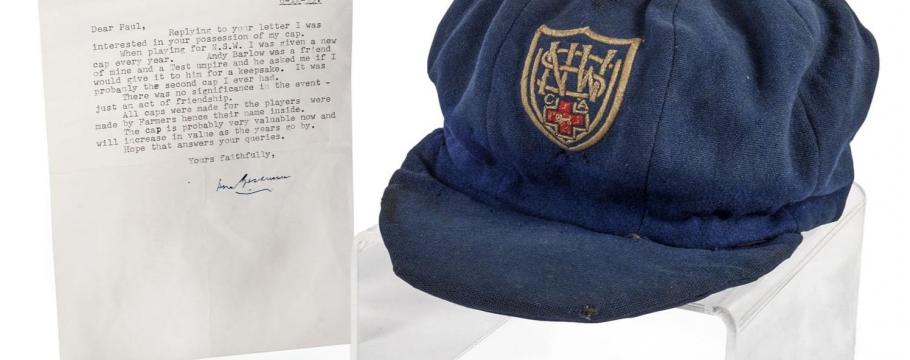
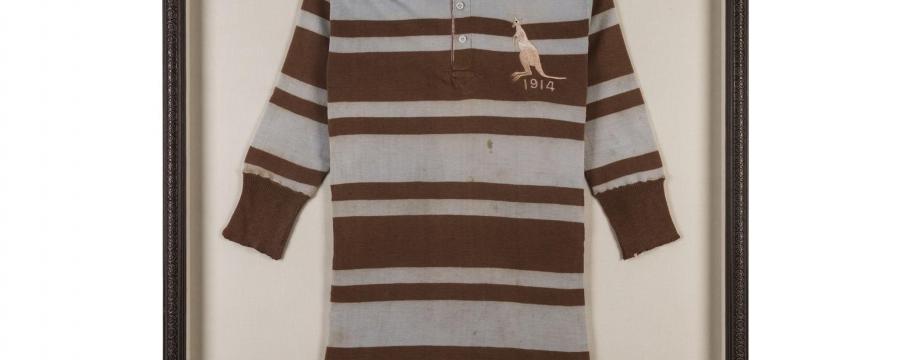

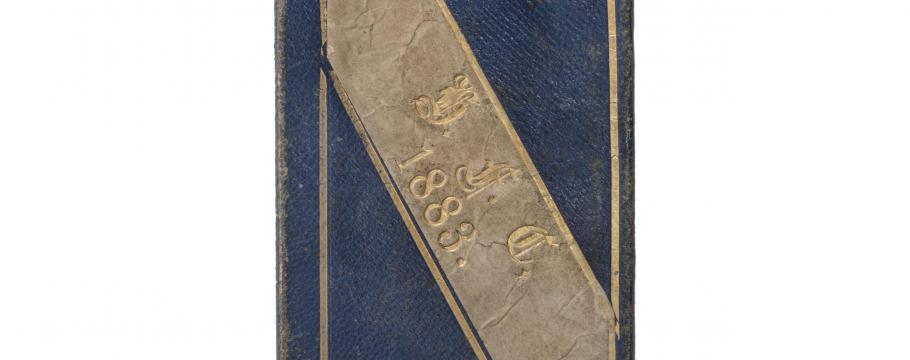



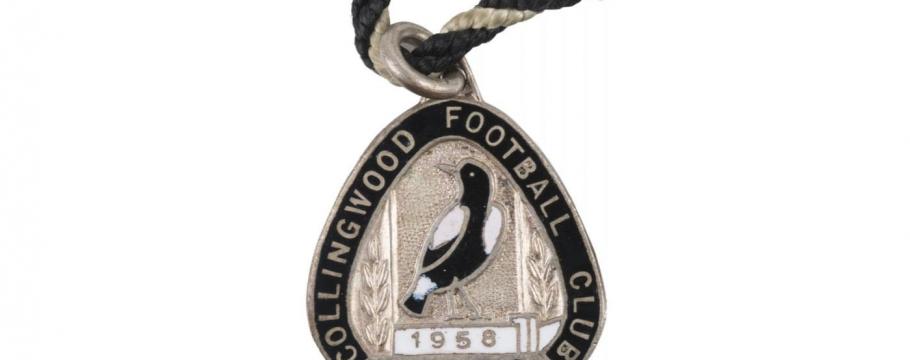
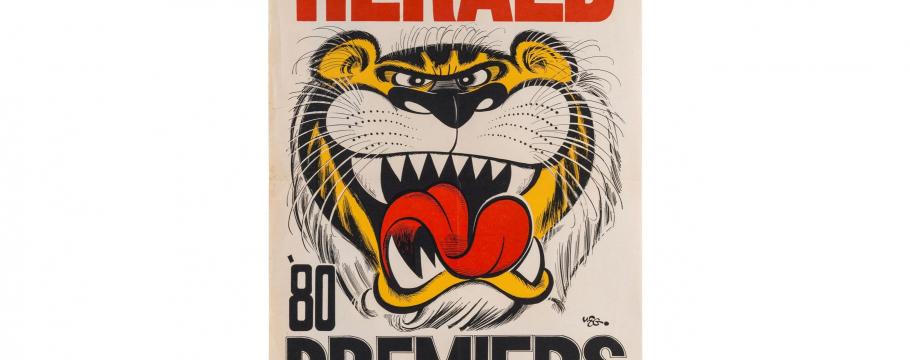
Garfield Sobers "six sixes" bat hits Melbourne auction scene
Author: Richard Brewster | Posted: 12th February, 2019
West Indian Sir Garfield Sobers will always be remembered as one of the greatest – if not the greatest – cricketing allrounders of all time.
His extraordinary feat of hitting six sixes in one six-ball over for English county Nottinghamshire against Glamorgan on August 31, 1968 – the first batsmen ever to do so – from the bowling of hapless young Malcolm Nash is still talked about today and can even be found on YouTube.
So hard did Sobers hit the last of these sixes that it flew out of the ground and was not found until the next day.
For many years, the bat Sobers used was displayed at Nottinghamshire Cricket Club.
In 2000 Christie’s in Melbourne offered it for sale where it changed hands for $135,000.
On Sunday February 24, the bat will be auctioned for only the second time by Leski Auctions at 727-729 High Street, Armadale – with the sale beginning at 2pm – and carries a catalogue estimate of $90,000-$120,000.
Also part of that 2000 Christie’s auction was Australian batsman Sir Donald Bradman’s New South Wales state cap from about 1928, which will again be offered for sale for only the second time in almost 20 years.
Undoubtedly the most iconic batsman to ever live, Bradman’s extraordinary career and Test average of 99.94 has never been replicated.
With most of his important memorabilia in institutions, this is a great opportunity for auction goers to obtain an early significant item from his cricketing days and is the oldest known primary object from Bradman’s first class career to appear at public auction.
The 1927-28 season was the first time Bradman was selected to represent New South Wales in the Sheffield Shield side, where he scored 118 – becoming only the 20th Australian to score a century on first-class debut.
Bradman believed he was presented with the cap the following season (1928-29) where he scored a century in each innings against Queensland, 87 and 132 for New South Wales against the visiting MCC team and 79 and 112 in the third Test.
In January 1929, Bradman scored 340 against Victoria at the Sydney Cricket Ground, at that time the highest score ever made on the ground and the highest by a batsman under 21.
An interesting auction highlight, particularly for rugby fans, is Bill Kelly’s 1914 Test team jersey – a highly important and extremely rare relic from the second Great Britain Lions tour to Australia and New Zealand.
Kelly, after whom the ANZAC Test trophy is named, was a New Zealander who at 18 played first class rugby union for Buller and later for Wellington.
With the launch of the Wellington Rugby League competition In 1912, Kelly switched codes and toured Australia with the New Zealand national side two years running.
In 1914, Kelly joined Sydney’s Balmain Tigers and made his sole international Test appearance as a centre for Australia against England.
The following year, he captain-coached the undefeated Tigers to their first premiership victory, becoming the first New Zealander to appear in a NSW rugby league grand final.
Apart from Kelly’s inclusion, the first Test of the 1914 Great Britain Lions Tour was significant for several reasons including the Test debut of future Australian Rugby League Hall of Fame inductee Harold Horder and selection of the only Queenslander Henry Bolewski.





